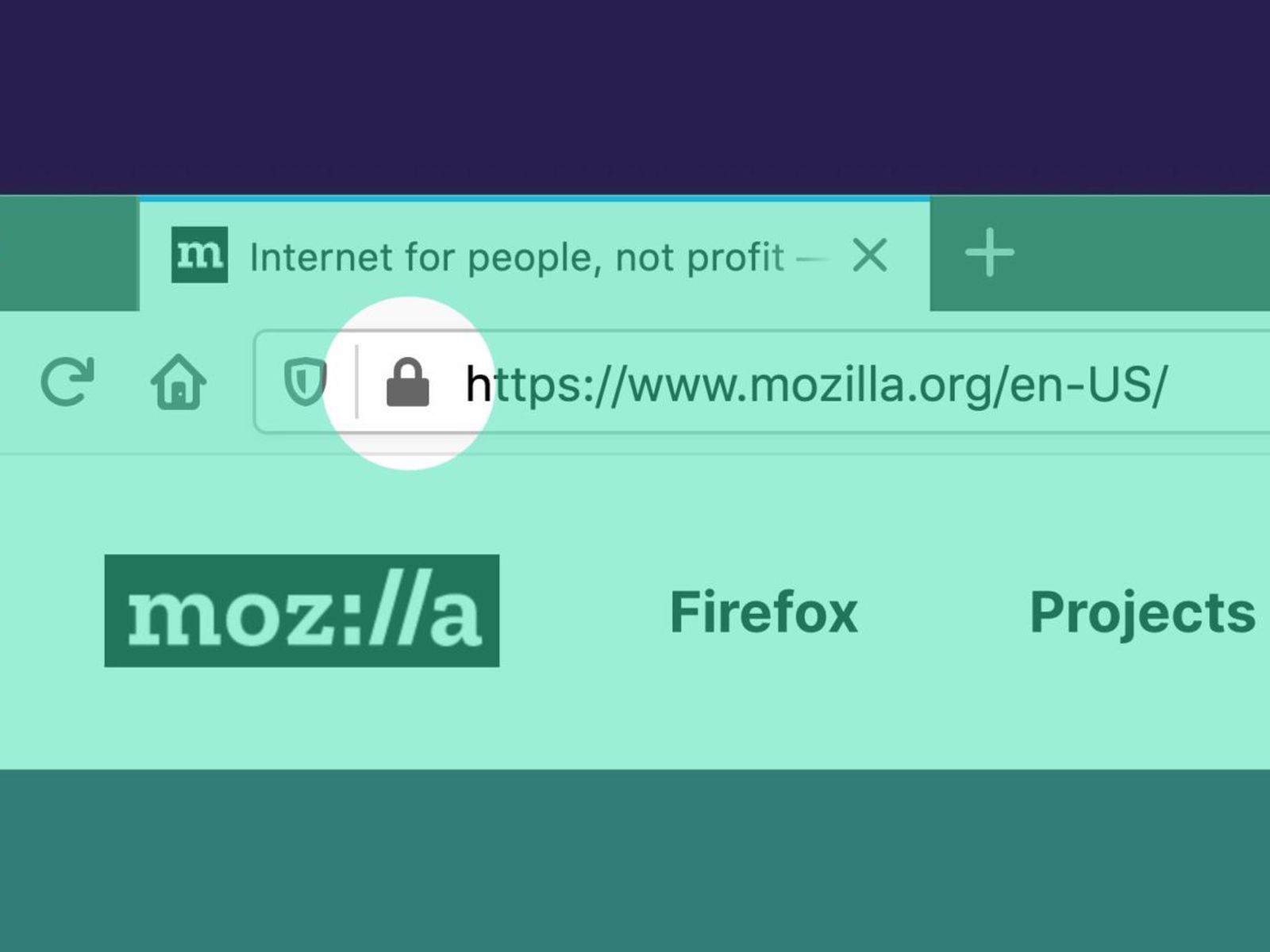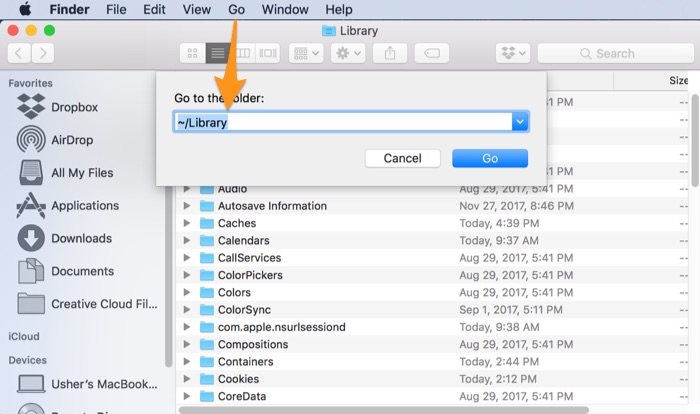

- #Download firefox 38 for mac for mac#
- #Download firefox 38 for mac install#
- #Download firefox 38 for mac update#
- #Download firefox 38 for mac zip#
- #Download firefox 38 for mac download#
Click I accept the risk! when prompted.Type about:config into the Firefox address bar and press Enter, then do the following: This will prompt the Firefox 51 app to open.ġ1. Scroll down and double-click the Firefox app icon. Double-click this folder, which is near the top of the window, to do so.ġ0.
#Download firefox 38 for mac zip#
Double-click the folder (not the ZIP one) to open it.Ĩ. Click Extract at the bottom of the pop-up window.ħ.Or, click extract all in the resulting toolbar.Click the Extract tab at the top of the window.Click the .zip link near the bottom of the list of links on this page.ĥ.
#Download firefox 38 for mac download#
This is where you can download the last version of Firefox that supported Java.Ĥ.
#Download firefox 38 for mac install#
#Download firefox 38 for mac update#
#Download firefox 38 for mac for mac#
This is possible on Windows computers, but Firefox for Mac defaults to 64-bit, making it impossible to install Java for Firefox on a Mac. To enable Java content, you will have to install an old, 32-bit version of Firefox and then manually add the Java plugin. Due to security issues, current versions of Firefox do NOT support Java, nor will future versions. Note: Before we get started on this method, you need to understand the limitations of it. Also, if you are able to run Java, you can also click Allow and Remember to place the site on Firefox’s “Allowed” list. Notes: If you see a message that says Java is “unsupported”, “disabled”, “not installed”, or something similar instead of the “Activate Java” link, you cannot run the site in question on Firefox. This will reload the website with the Java content enabled. It should appear on the upper-left side of the Firefox window. It should be on or near the Java content that you want to load.ĥ. You will see a link in the middle of the page (or the Java content area) that says “Activate Java” or something very similar to that.Ĥ. If there’s a particular site that you want to access using Java, you need to go there first to get the rest of the prompts.ģ. You can find it in your Applications folder on a Mac, or on your Start menu on Windows.Ģ. Click or double-click the Firefox app icon, which resembles an orange fox around a blue globe. Method 1: Allowing Java Content on a Websiteġ. You can enable both Java and JavaScript in the desktop version of Firefox. Let’s take a look at three ways to easily enable Java in Firefox. Therefore, it’s common for users to make sure it’s running properly.

So as you can see, making sure that Java is running and updated properly on your Firefox browser is very important. For example, this important programming language is also used in all of the following: Secondly, it isn’t just used on websites. First off, it is free to download, so there will be no associated costs there. There are a couple more things you want to remember about Java as well. You can allow Java content on a per-website basis, enable all Java content, or enable Javascript. If you want to turn on Java support in Firefox, there are basically three ways to do it. That being said, it is important to have Java installed or enabled on Firefox. It is now regarded as a solid alternative to Internet Explorer and Google Chrome and has become the first choice for millions of users worldwide.Java is a very important programming language that many websites and applications use with more being created daily. In short, each new version of Firefox continues to improve and optimize the service. The browser gets better and better with each version, becoming more fluid and stronger competition for its main rivals. This version has also improved the loading speed for sites and resource consumption to avoid excessive memory usage like previous versions. Firefox has improved its performance and stability with optimized JavaScript engines and rendering, greater compatibility with HTML5, independent processes for browser plug-ins, and more. The latest installment is focused on improving its technical aspects, so the appearance is almost the same as in previous versions. Its many features include enabling the simultaneous browsing of multiple pages with its tab system, supporting most existing web standards, and offering a personalized experience with extensions, plugins, and themes created by the community. Mozilla continues to work on further improvements for its flagship product: the free and open-source browser, Firefox.


 0 kommentar(er)
0 kommentar(er)
